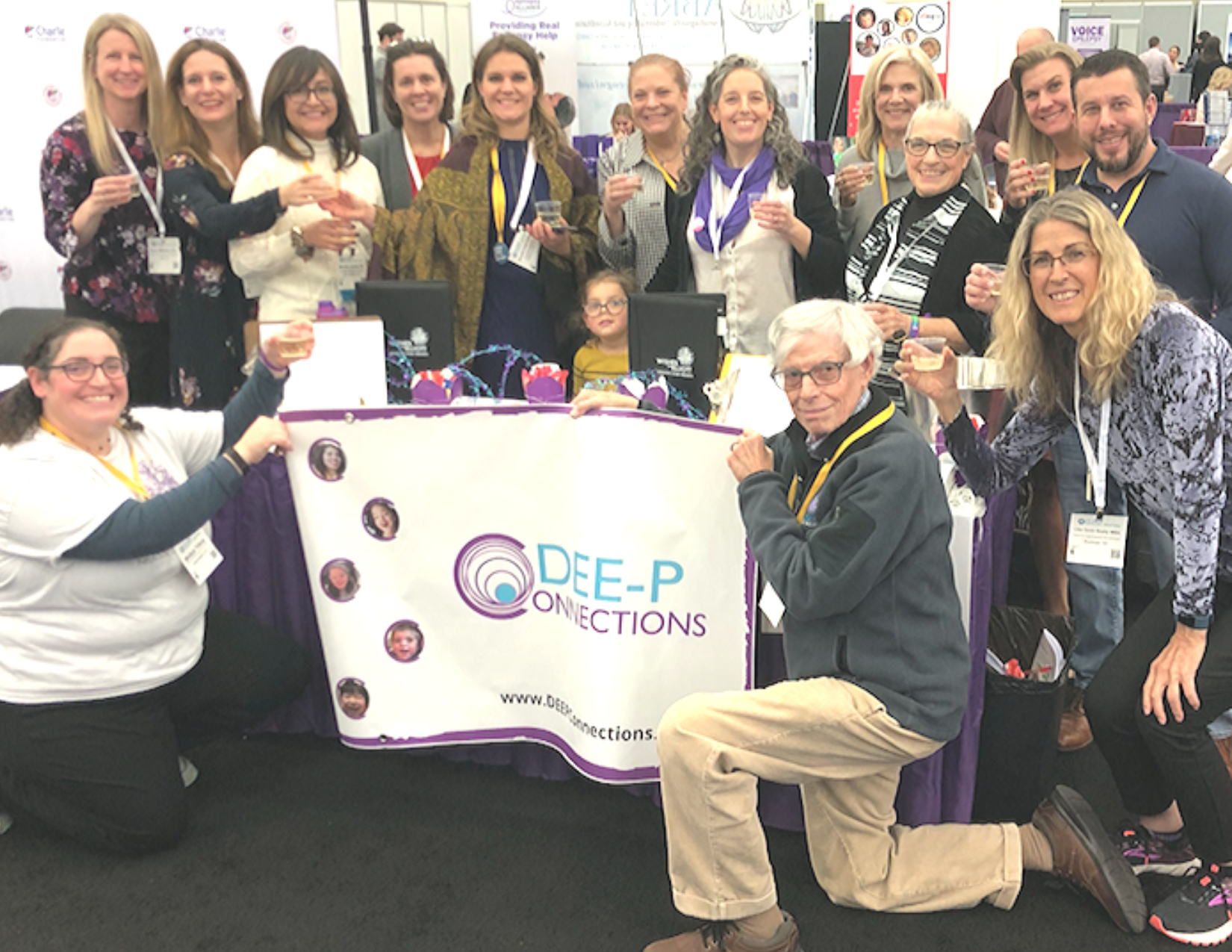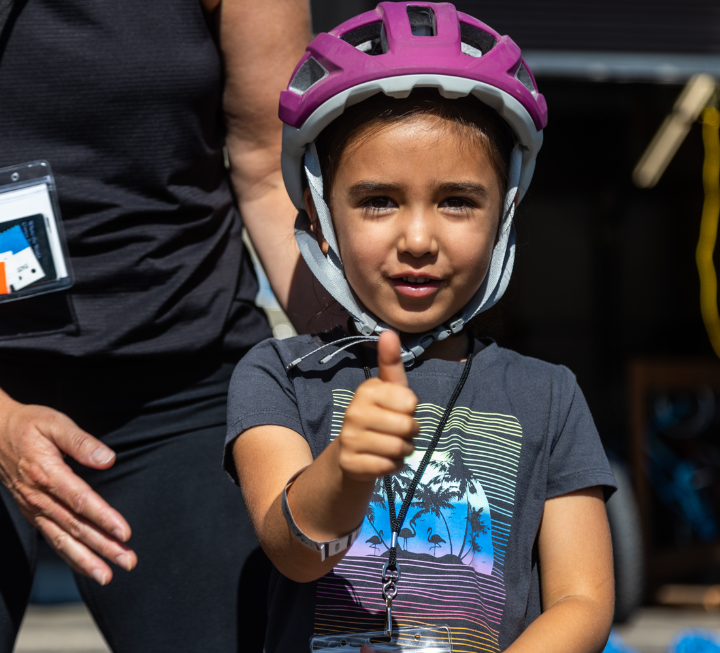A note from our CEO.
2019 was a banner year for us. We launched our global pediatric epilepsy surgery registry, convened an important patient-centered research meeting, held our biggest family conference yet, funded important research, and formed strategic alliances with high impact organizations to help us move our mission forward.
I am filled with hope for the future of the community of children we serve. Our families are brave beyond measure and are deeply committed to the fight against epilepsy. Your support has helped us serve them better each year and we’re glad to have you as champions alongside us throughout our journey.
This annual report highlights what we did in 2019 thanks to your unwavering commitment. My profound gratitude goes to our team who works tirelessly to move our mission forward, our community advisory council whom I look to for guidance and opinion, and our scientific advisory board for their strategic advice and critical assessment of what we do.
This year has already promised unprecedented challenges which I know we will meet head on. With you, we remain relentlessly dedicated to helping children reach their full potential after epilepsy surgery.
Always in hope,
Monika Jones, CEO

RESEARCH AND PUBLICATIONS
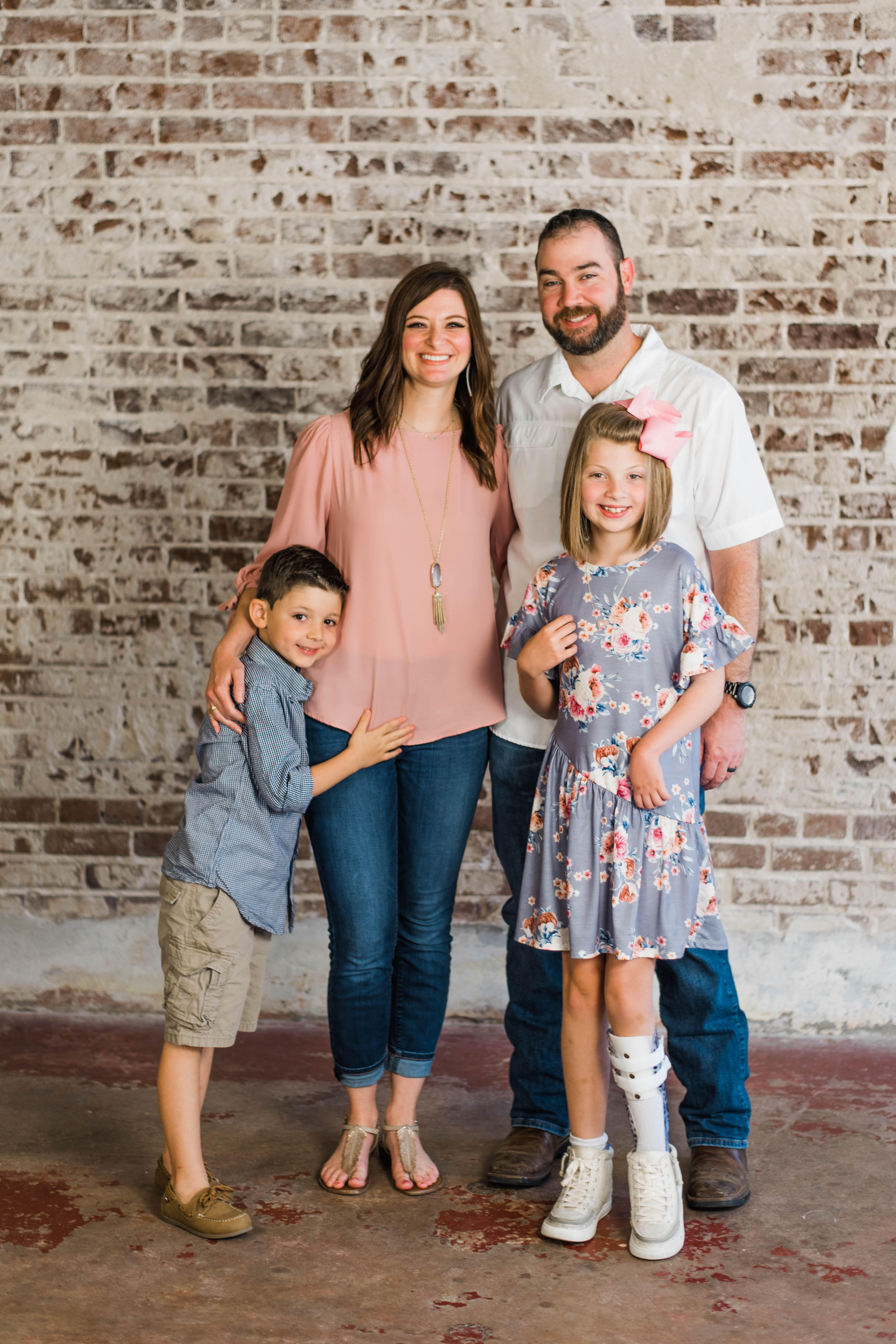
Launched The Global Pediatric Epilepsy Surgery Registry.
Powered by the experiences of parents, the Global Pediatric Epilepsy Surgery Registry is the first research study to track the developmental progress of children after epilepsy surgery and how epilepsy surgery impacts their daily lives.
Registry data will give information to researchers and doctors about surgery outcomes beyond seizure control and will lead to new and exciting discoveries for our children. We’ll report early results from the registry in the second quarter of 2020, which will include outcomes of 120 children who had hemispherectomy surgery.
Welcomed Another Six Children To Robocamp.
Robocamp is the world’s first intensive physical and occupational therapy camp for children in the chronic phase of recovery after hemispherectomy surgery. This was the fifth year of this study where researchers at Rancho Los Amigos National Rehabilitation Center aim to understand whether two weeks of intensive therapy given in a camp-like environment can improve hand function, gait, and walking speed in children with hemiparesis caused by hemispherectomy surgery. Your support funded program management as well as travel, lodging, and food for the participants.

Convened A Patient-Centered Meeting On The Functional Impacts Of Large Epilepsy Surgeries.
For the first time – ever – we gathered parents, doctors, and researchers in the same room to discuss one thing: how do large epilepsy surgeries impact how a child functions after surgery? Thanks to a large award from the Patient-Centered Outcomes Research Institute, this innovative meeting addressed what happens after surgery. Parents and adults who had surgery in childhood gave powerful presentations about life after large epilepsy surgeries, followed by research summaries from clinicians and neuroscientists.
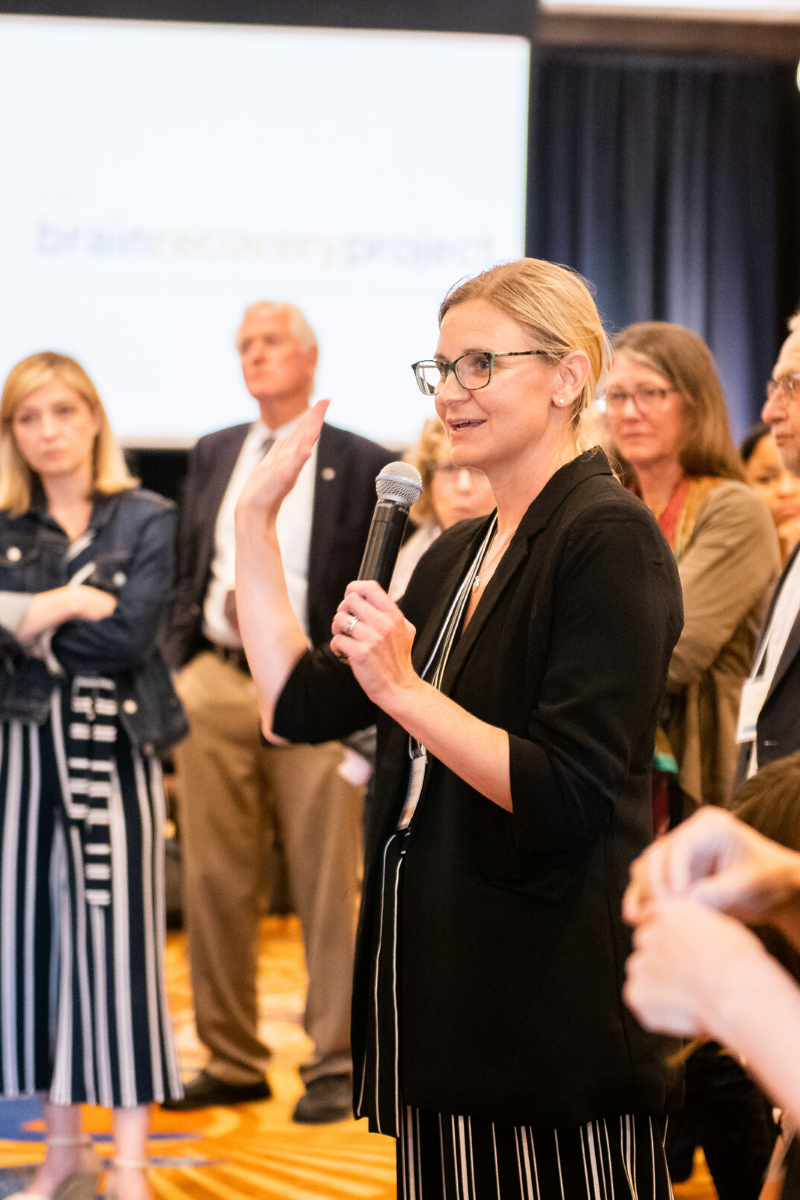
Established A Working Group And Research Consortium.
After the functional impacts meeting, we established a working group of parents, researchers, and clinicians willing to move forward with us to further patient-centered outcomes research related to the side effects of resective and disconnective pediatric epilepsy surgery. Physician members will help us draft a guide to best practices after pediatric epilepsy surgery, which will include suggestions for the type of physicians who should follow a child after epilepsy surgery. Several researchers and clinicians committed to helping us establish an international research consortium who will work to understand – and improve – functional outcomes after surgery.

We Published Research.
Our recruiting and funding efforts led to the publication of two peer-reviewed research papers and two abstracts in 2019:
- Kliemann D, Adolphs R, Tyszka JM, et al. Intrinsic functional connectivity of the brain in adults with a single cerebral hemisphere . Cell Rep 2019;29(8):2398–2407
- Chen MF, Meer E, Velez FG, Jones M, Mathern GW, Pineles SL. Etiology and Age Modifies Subjective Visual Function After Cerebral Hemispherectomy. J Child Neurol. 2019;34(8):446–451. doi:10.1177/0883073819834430
- Shaw, S., Kasayama, J., Blydt-Hansen, E, Intensive therapy utilizing robotic mobility technology improves motor function post-cerebral hemispherectomy. Poster presented at the American Congress of Rehabilitation Medicine; 2019 Nov 3 – 8, Chicago, Illinois.
- Jones, M, Moshe, S., Fallah, A. A web-based, patient-driven (by proxy) registry for pediatric epilepsy surgery: the Global Pediatric Epilepsy Surgery Registry. Poster presented at Annual Meeting of the American Epilepsy Society; 2019 Dec 1 – 5; Baltimore, MD.
And … our research captured the attention of national media
How the Brain Can Rewire Itself After Half of It Is Removed
The procedure was first developed in the 1920s to treat malignant brain tumors. But its success in children who have brain malformations, intractable seizures or diseases where damage is confined to half the brain, has astonished even seasoned scientists. After the procedure, many of the children are able to walk, talk, read and do everyday tasks.
EDUCATION AND SUPPORT
Held The Largest Family Conference For Families Impacted By Epilepsy Surgery.
A record-breaking 405 attendees attended our family conference in July of 2019, where we presented 30 sessions and workshops covering a wide range of topics. While parents attended sessions, children attended camp run by a professional childcare firm. And thanks to a Rare Patient Impact Grant from Global Genes, our teens and young adults enjoyed three free chaperoned excursions to the Rock ‘n Roll Hall of Fame, the Great Lakes Science Center, and a fun bowling and pizza night. This gave them time to bond and form powerful peer relationships which we hope they will enjoy for years to come.
Research teams from the Behrmann Lab at Carnegie Mellon University and the BEAM Lab at MGH Institutes tested 64 participants to better understand vision after surgeries which remove an occipital lobe and educational success after hemispherectomy.

Provided Peer Support.
We’re always on the frontlines with our families providing peer support through several touchpoints – referrals from the clinician community, social medial post responses, direct messaging, email, or phone calls.
In 2020 we plan to launch a more formalized peer support program, which will include national training for our peer support specialists. This will include training peer coaches to help parents navigate individual education and 504 plans after epilepsy surgery.
- Peer support touchpoints: ≈2900
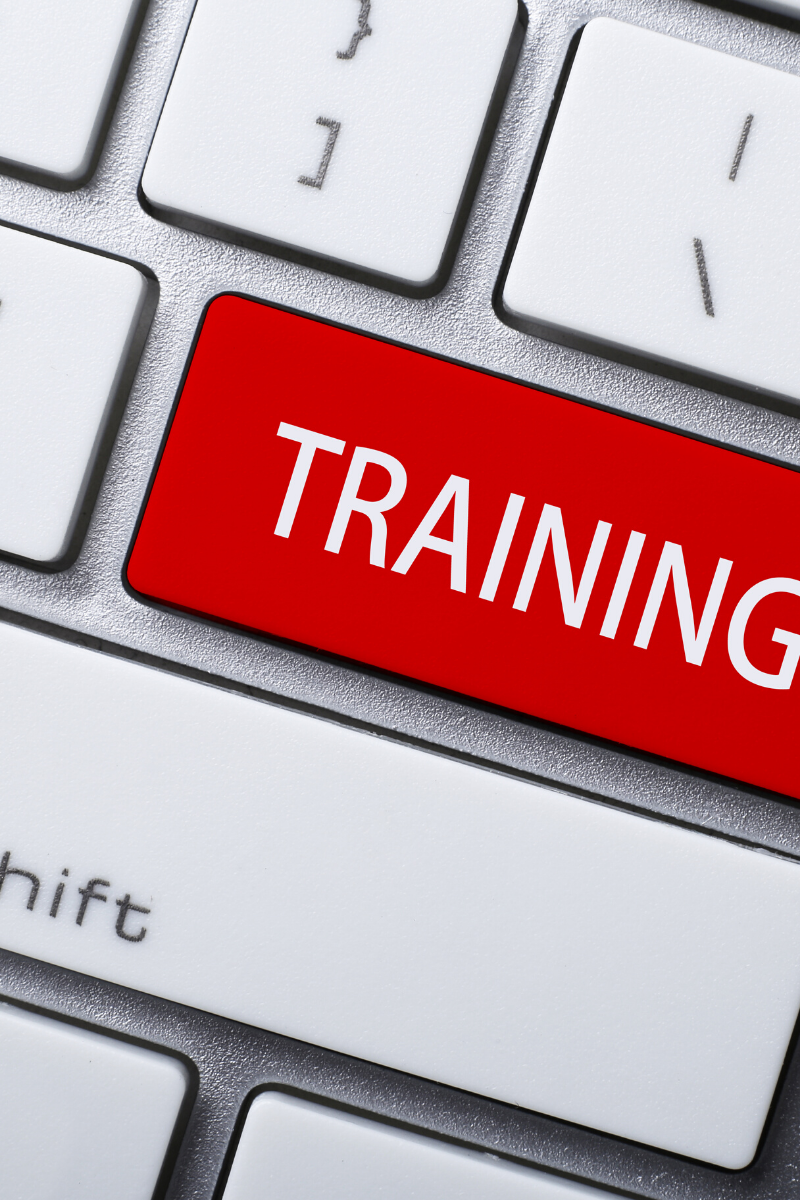
Trained Parents And School Teams.
The maze of special education laws in the U.S. can be challenging for parents to understand. And both parents and school teams may be puzzled by the educational impacts of certain epilepsy surgeries.
- 92 parents and educators watched our intensive IEP training videos or attended live, virtual training sessions on the effects of various epilepsy surgeries on school performance.
- 623 parents, teachers of the visually impaired, orientation and mobility specialist, and other school team members watched our Vision After Surgeries Which Remove An Occipital Lobe produced in collaboration with Perkins School for the Blind.

Hosted Three Webinars About Managing The Toll Of Caregiver Trauma.
Caring for a child with disabilities can take a toll on parents and caregivers. We collaborated with several strategic partners in the rare epilepsy space to bring our community three webinars to help managing the toll of caregiver trauma.
ADVOCACY AND COLLABORATION
Aligned With High-Impact Organizations To Move Our Mission Forward.
We formed deeper relationships with high impact organizations that are changing the landscape for children with rare epilepsies and disabilities. Together, we work out problems that are a concern to all of us – and develop solutions to make the best use of the strengths of each organization. Learn about what we did together by clicking through this list.
AWARENESS AND ENGAGEMENT
Raising awareness of the issues our children face helps educate parents, clinicians, and school teams so that our community is better served. The following statistics are for 2019 only.
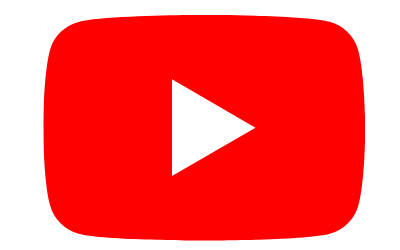
You Tube Views
19,632

Website Views
122,841
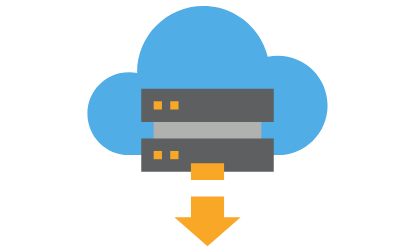
Guide Downloads
6,922

Traffic (Countries)
177

Webinar Views
715
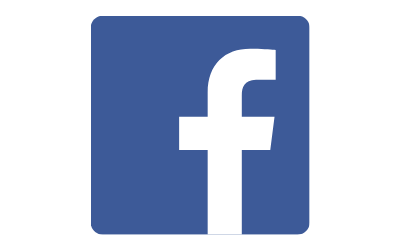
Facebook Followers
3,452
FINANCES

In 2019 we received a Gold Seal of Transparency from GuideStar. This recognition shows our commitment to financial and programmatic transparency, giving champions like you the information you need to make educated decisions around supporting our work.
SUPPORT AND REVENUE
Contributions
$296,751.19
Program Income
$105,222.18
In Kind & Other
$25,690.01
EXPENSES
Programs and Research
$388,975.42
Fundraising and Development
$8,750.64
General and Administrative
$37,570.08
TRANSPARENCY AND ACCOUNTABILITY
Our mission.
We help children reach their full potential after epilepsy surgery.
Our vision.
A world where all children after epilepsy surgery have the opportunity for a high quality of life, including an appropriate education, gainful employment, meaningful social opportunities, and good health to the maximum extent possible regardless of where they are on the spectrum of outcomes.


